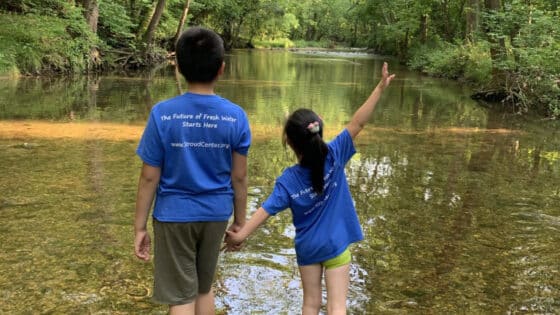Fischer, J., C. Paukert, and M.D. Daniels. 2012. Transactions of the American Fisheries Society 141(6):1532–1544.
doi: 10.1080/00028487.2012.703156
Abstract
Instream dredging, a common practice in rivers worldwide, can affect fish and fish habitat. We investigated the magnitude of these alterations and their influence on the fish community of the Kansas River, a large sand-bed river. Fishes were collected monthly from June 2010 to June 2011 in Edwardsville and Lawrence, Kansas, from 12 reaches of three types: 3 actively dredged, 2 historically dredged (i.e., not been dredged for at least 1 month before sampling), and 7 nondredged control reaches. The reaches, each 1 km long, were sampled with bottom trawls, seines, and electrofishing. Water depths and velocities at all 12 reaches were measured with an acoustic doppler current profiler and interpolated in ArcGIS. Actively dredged reaches had proportionally more deepwater habitat (>3 m) and low velocity (<0.15 m/s) near the riverbed than control reaches. However, the mean proportion of shallow-water habitat (<0.5 m), high velocities near the riverbed (>0.30 m/s), low-velocity habitat (<0.25 m/s), and high-velocity habitat (>0.75 m/s) were similar among all reach types. A canonical correspondence analysis was used to characterize relationships among habitat variables, the three reach types, and CPUE. Mean velocity and depth explained a significant amount of variation in species CPUE; however, reach type was not a significant factor for any of the gear types for any season. Our results show that dredging in Great Plains rivers can increase depths, but alterations to fish community structure was not evident, probably because many of these fishes are adapted to a range of habitat conditions and are highly mobile.


